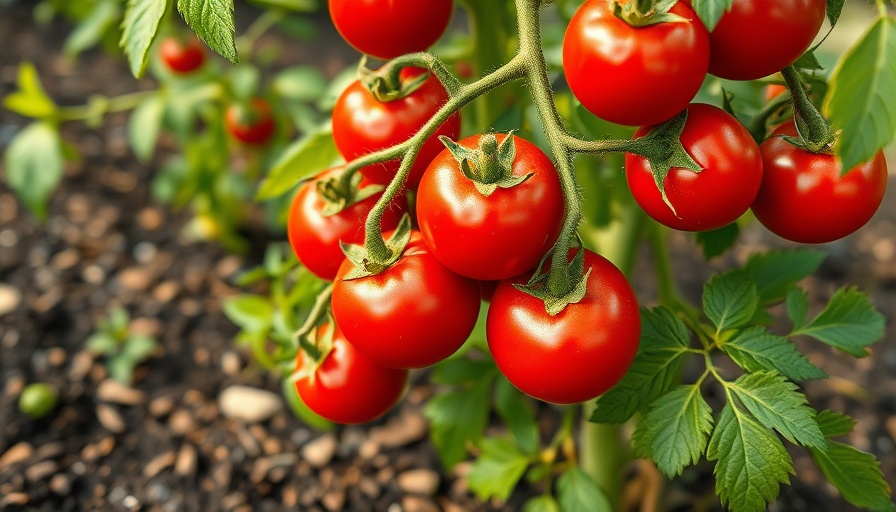
Mastering Tomato Growth in Humid Climates: Essential Strategies
Growing tomatoes is one of summer’s most rewarding pursuits. However, for gardeners in hot and humid climates, cultivating these juicy fruits presents unique challenges. With temperatures often soaring above 85°F (29°C) and accompanying humidity, tomatoes face increased risks of disease and issues with fruit set.
While we cannot change the weather, we can adopt effective strategies to promote healthy tomato growth even during the muggiest months. Below are essential tips for success.
Get Started Early: Timing is Key
One of the best strategies for avoiding the stress of heat on your tomatoes is to plant them early in the season. By starting your tomato plants in early spring, you can avoid the intense heat that may cause blossom drop. Aim to transplant them outdoors after the last frost, ideally by early May. If cooler nights are predicted, protect young plants with row covers to secure their development.
If the summer heat becomes relentless, consider sowing a second round of tomatoes in late July. These later plantings may initially face higher temperatures, but they will begin to flower and produce fruit as cooler weather approaches, allowing for a fresh crop free from the diseases that often affect earlier seedlings.
Trellising: Elevate for Health
A key technique to ensure your tomatoes thrive in humid conditions is proper trellising. By elevating your plants, you improve air circulation, which is crucial for reducing moisture that can lead to fungal diseases. This technique also makes it easier to harvest ripe tomatoes without damaging the plants.
Water Wisely: Timing and Techniques
Watering is another essential component of successful tomato growing. It’s best to water plants deeply in the early morning to ensure moisture reaches the root zones without encouraging evaporation. Try using homemade watering devices or slow drip plant watering techniques to ensure consistent moisture levels without waterlogging the soil.
Choosing the Right Varieties: Adaptation Matters
Selecting tomato varieties that are well-suited for hot and humid climates can make a significant difference. Opt for disease-resistant varieties like 'Cherokee Purple' or 'San Marzano' which can better withstand the rigors of challenging weather. These varieties not only thrive but will deliver amazing flavors, ensuring your garden is the highlight of the cooking season.
Implementing Good Practices: Keep Disease at Bay
To minimize disease risks, maintain good gardening practices such as proper spacing and removing any dead leaves to improve airflow around your tomato plants. Additionally, consider incorporating beneficial insects or using organic sprays to help combat any pest issues.
By staying proactive and choosing the right strategies for your local conditions, you can enjoy a bountiful tomato harvest, regardless of the heat and humidity!
Ready to create your ideal garden? Contact Norther-LawnCare.com for top-notch lawn care and property management solutions. Call Everett Lucas at 231-450-3414 for a five-star service experience!
 Add Row
Add Row 
 Add
Add 


Write A Comment